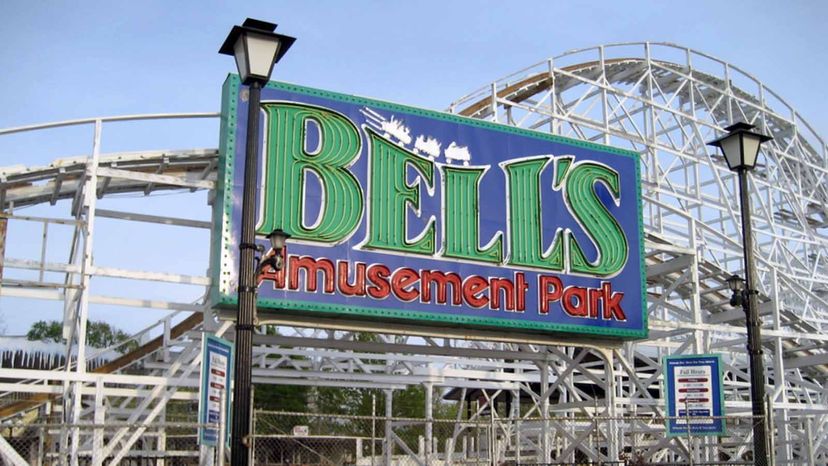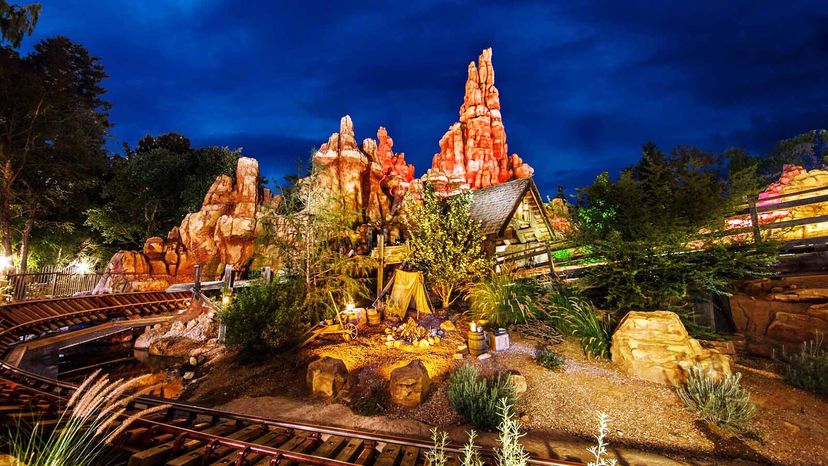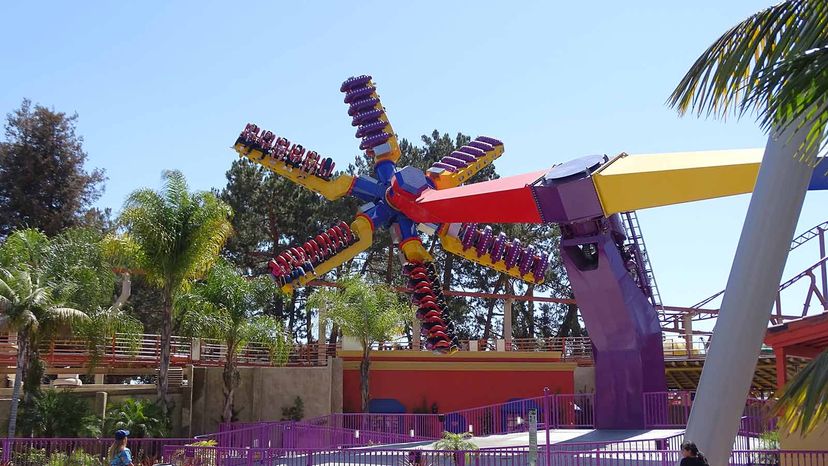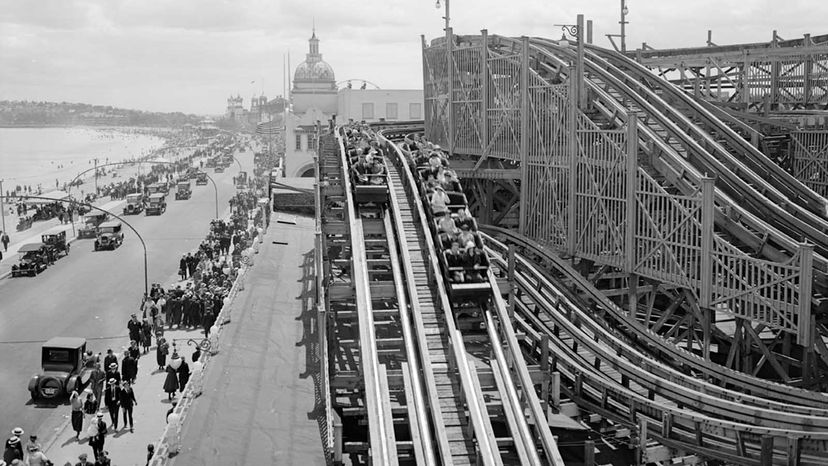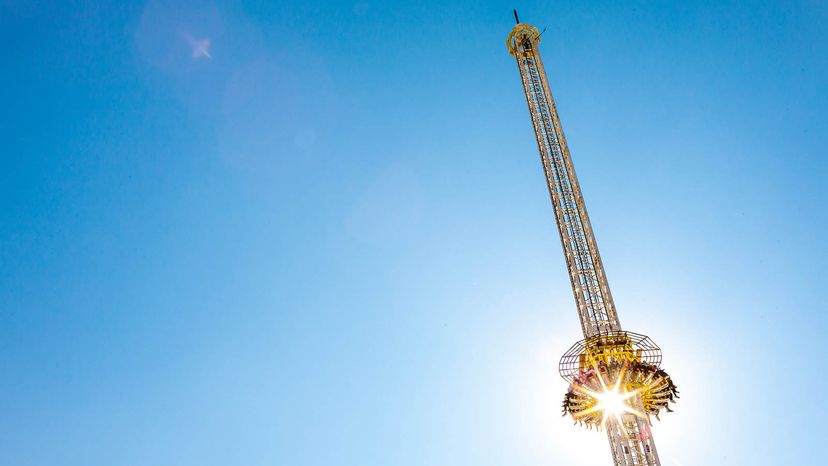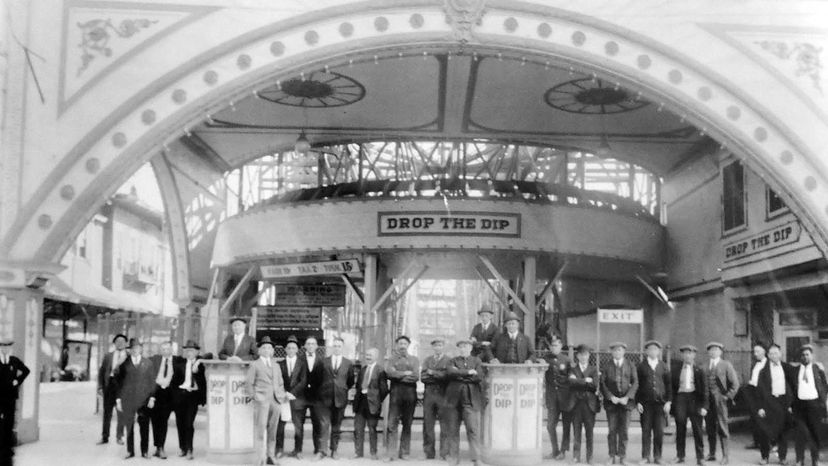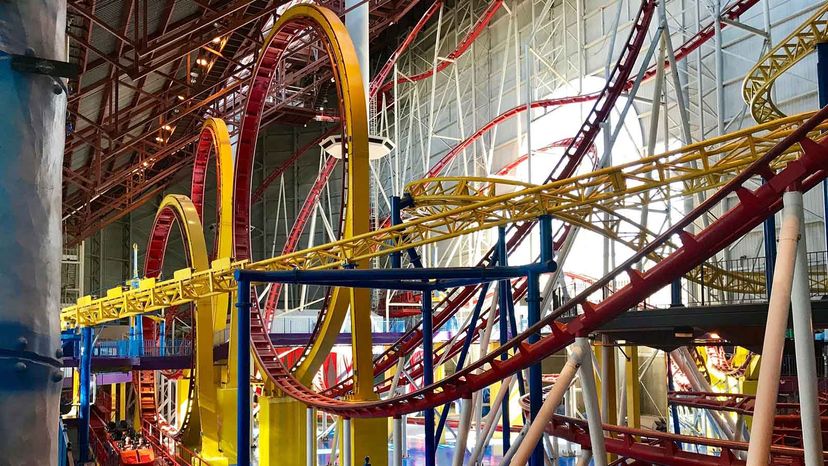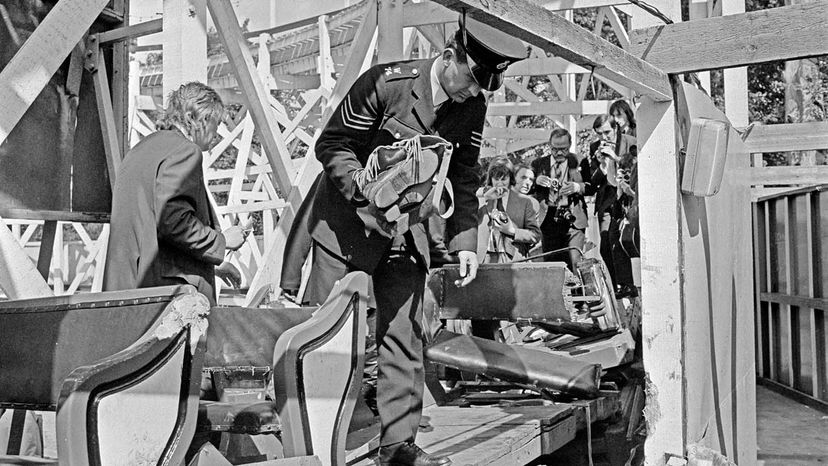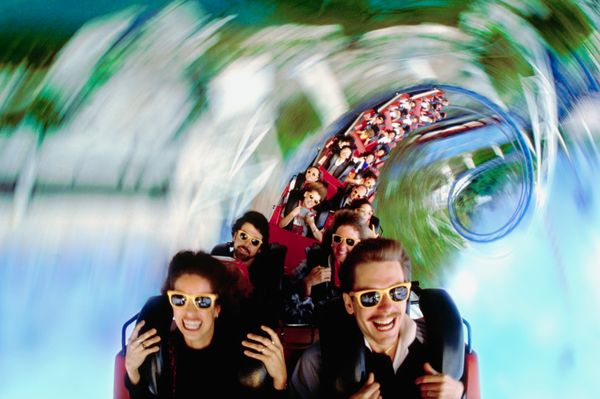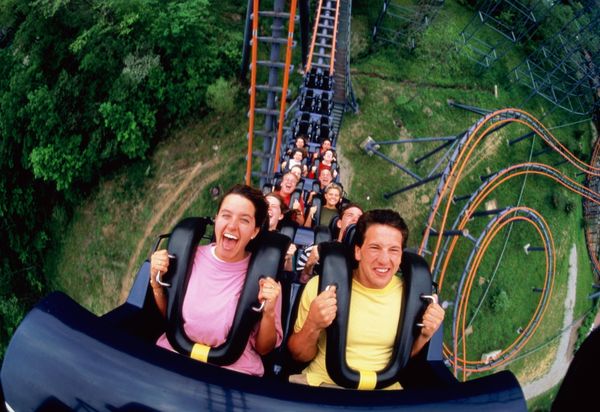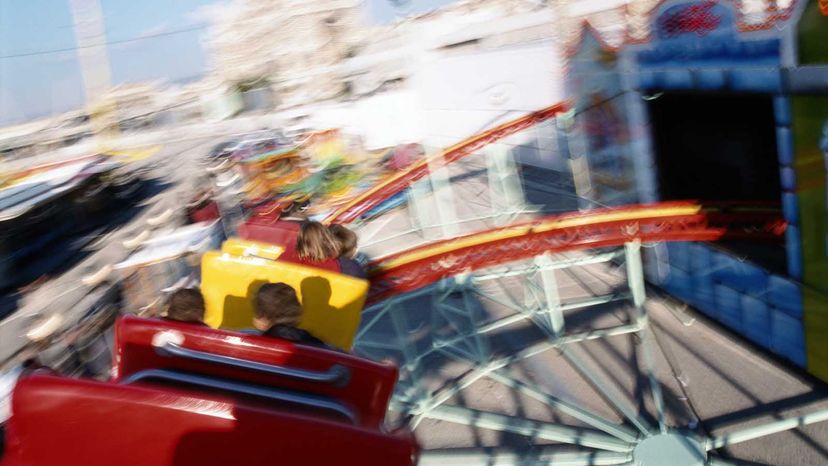
After an hour standing in line, you finally get a seat on the amusement park's most awe-inspiring roller coaster. The butterflies flutter in your stomach as the ride operator secures the restraint over your shoulders and you realize there's no turning back. Ahead, the rail seems to climb into the clouds. Your heartbeat doubles as the car creeps ahead — up, up, up until you top out at 310 feet (94 meters) on the precipice of a near-vertical drop. This is a bad time to wonder: Is this thing safe?
You'll be glad to know that the answer is yes. While accidents do happen, they're not indicative of high risk. In fact, the United States Consumer Product Safety Commission (CPSC) recorded just 51 non-occupational fatalities at theme parks from 1987 through 2000 (the last year CPSC tracked them).
Advertisement
Today, injuries at amusement parks are tracked by state and local governments and are more difficult to monitor. The most recent numbers come from the 2021 survey conducted by the National Safety Council (NSC), which provided self-reported data from 484 U.S. and Canadian fixed-site amusement facilities that were invited to participate. The survey reported 1,281 ride-related injuries in the 2021 season. That was about 3.7 injuries per million visitors. (The survey didn't track fatalities.)
Still, deaths do happen. And while these incidents are certainly the exception, when they occur, they are frightening. Here's a list of 13 of the deadliest roller coaster accidents in the last two decades.
